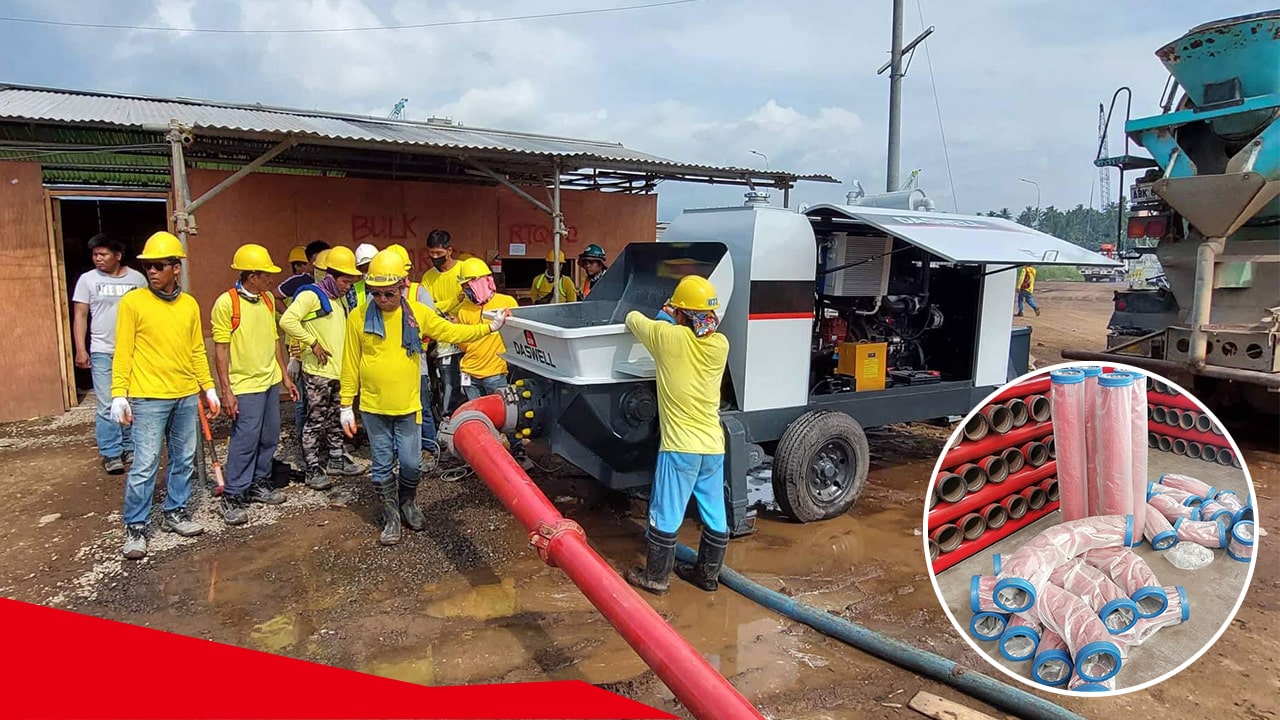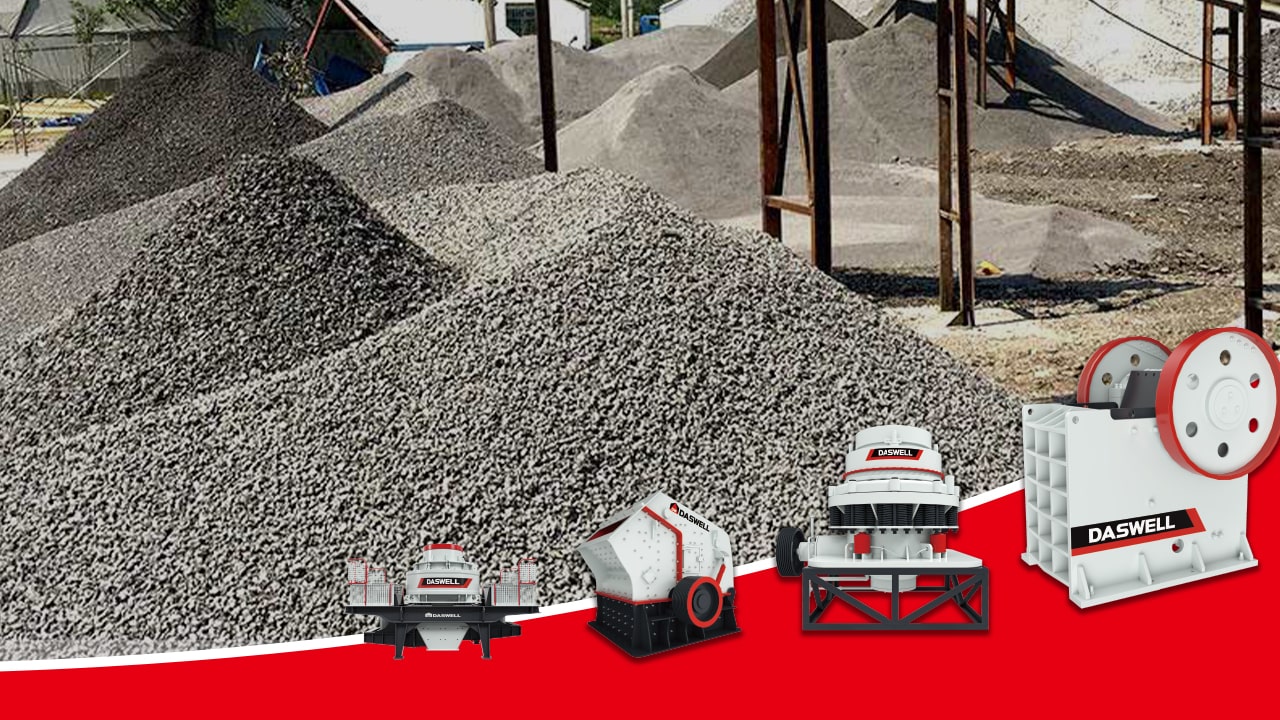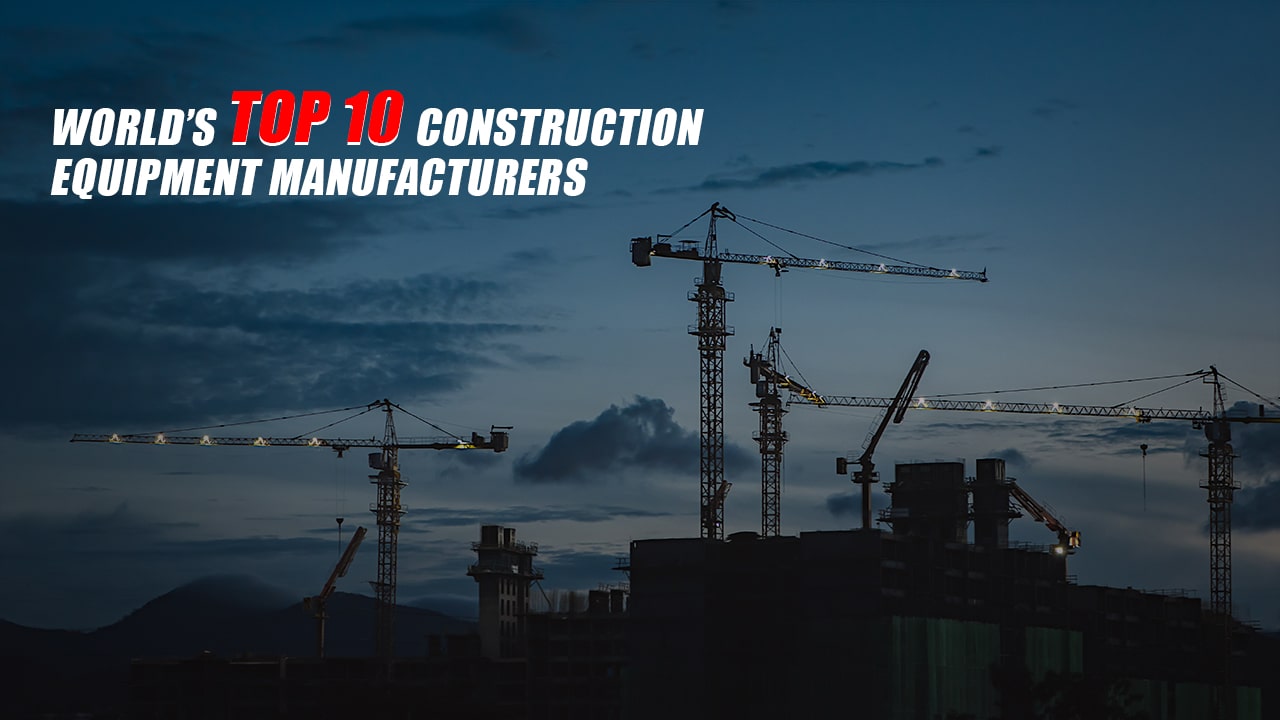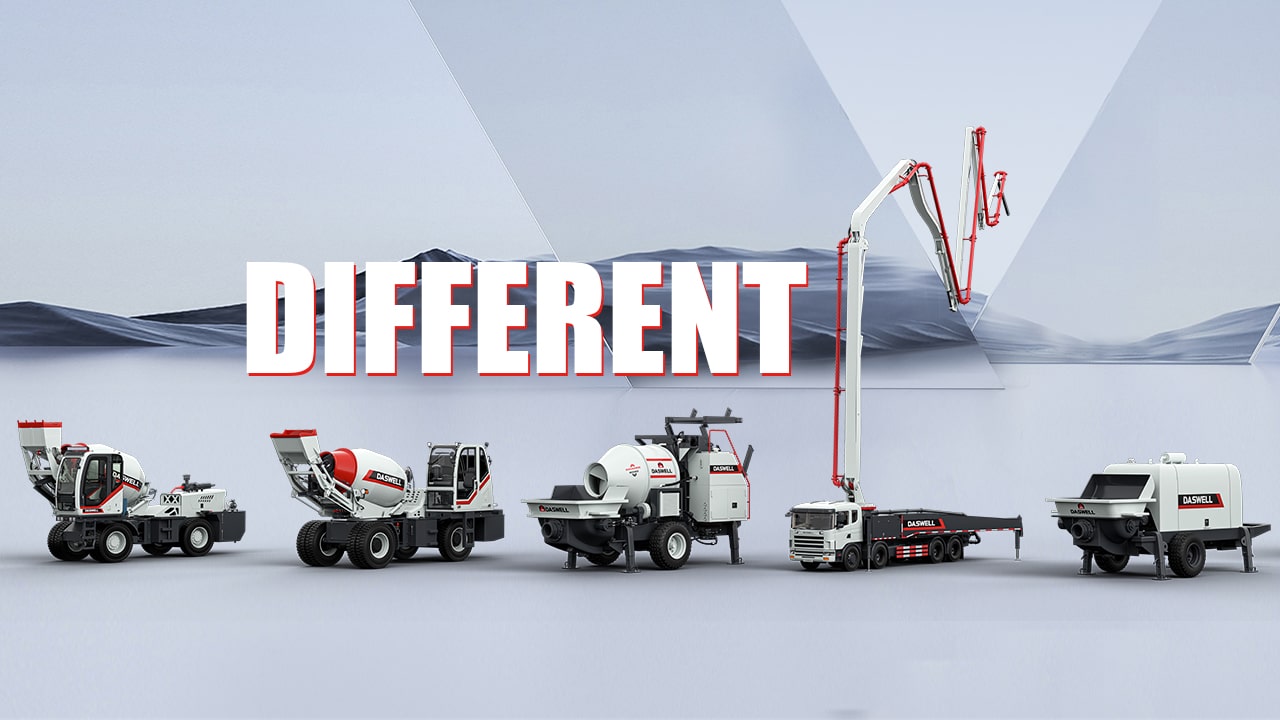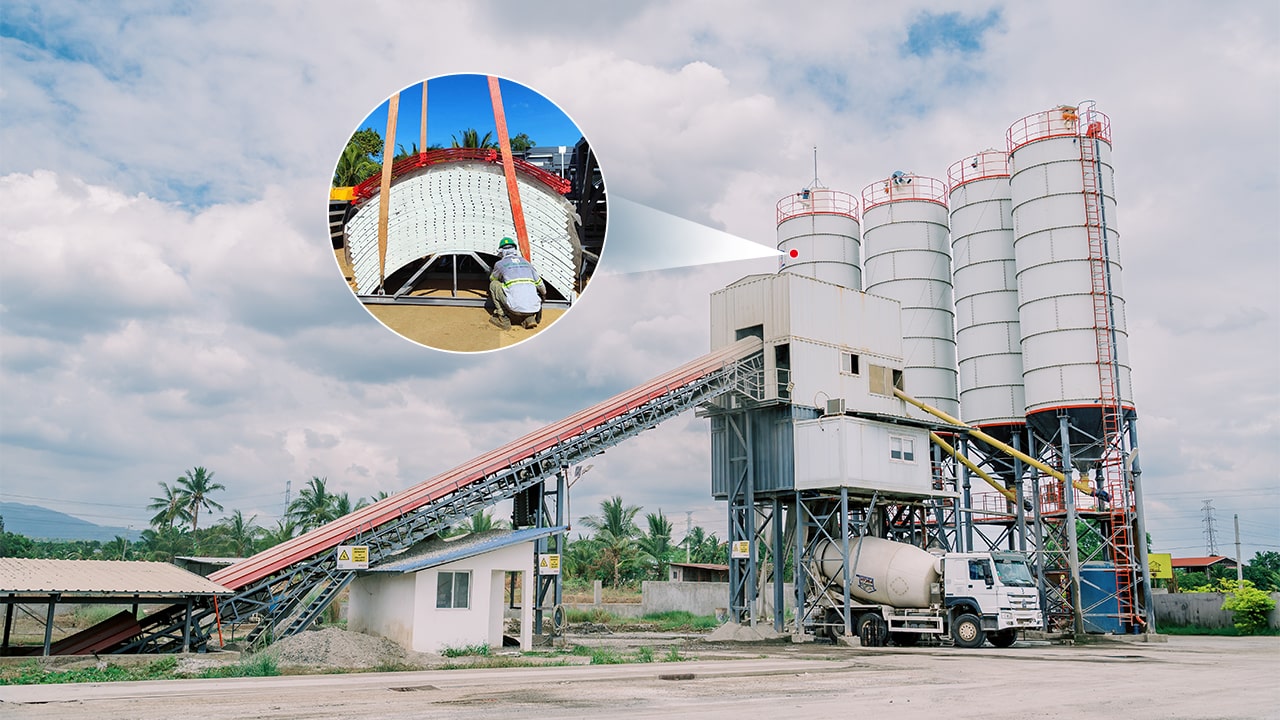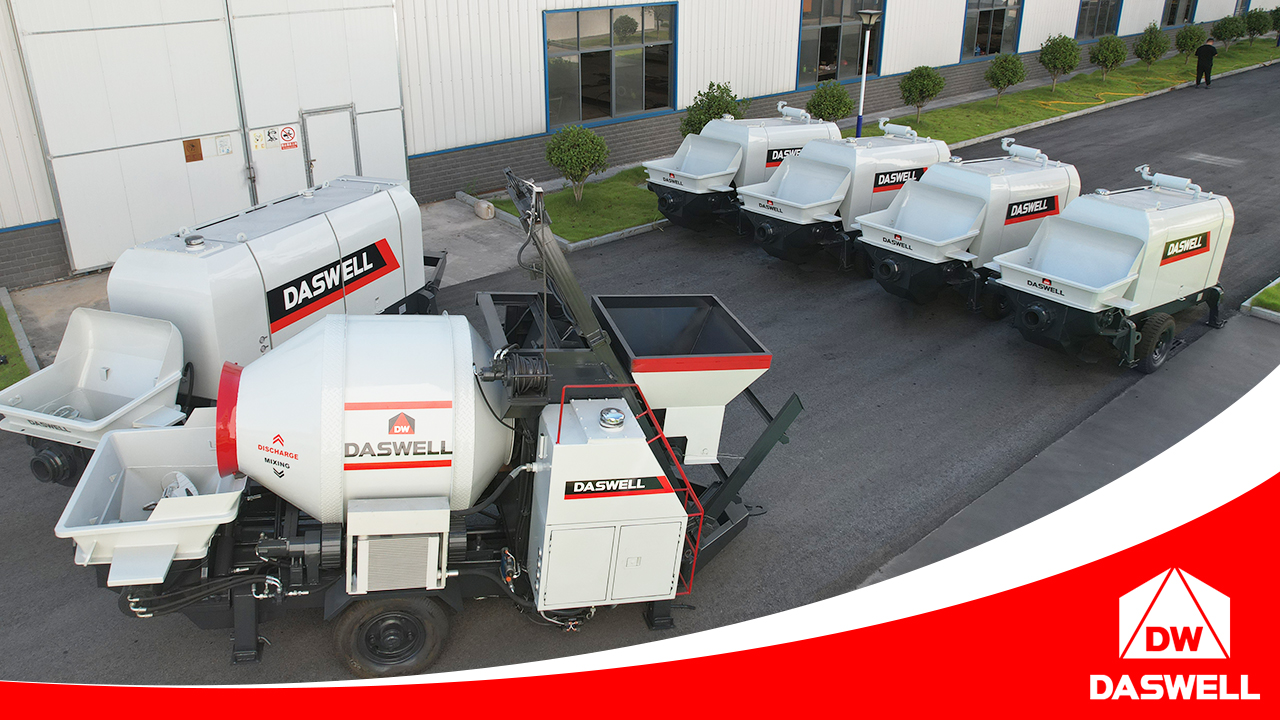6 Common Blasting Methods in Open Pit Mining
We know that open-pit mining operations mainly include drilling, blasting, mining, transportation and dumping. Blasting is a very important part of it. Blasting costs account for 15% to 20% of the total cost of open pit mining. Moreover, the quality of blasting directly affects the working efficiency and total cost of the mining process. This article will introduce several common blasting methods in open pit mining.

Classification of blasting methods
In open pit mining, there are several commonly used blasting methods as follows:
Classification according to blasting delay time: simultaneous blasting, microsecond blasting, and millisecond blasting.
Classification according to blasting methods: shallow hole blasting, deep hole blasting, chamber blasting, multi-row hole differential blasting, multi-row hole differential extrusion blasting, springing blasting, external application blasting, hole-by-hole blasting technology.
6 common blasting methods in open pit mining
Shallow hole blasting
The diameter of the blast hole used in shallow hole blasting is smaller, generally about 30 to 75 mm. The depth of the blasthole is generally less than 5 meters, sometimes up to about 8 meters. The hole depth can be increased if a rock drill jambo is used to drill the hole.
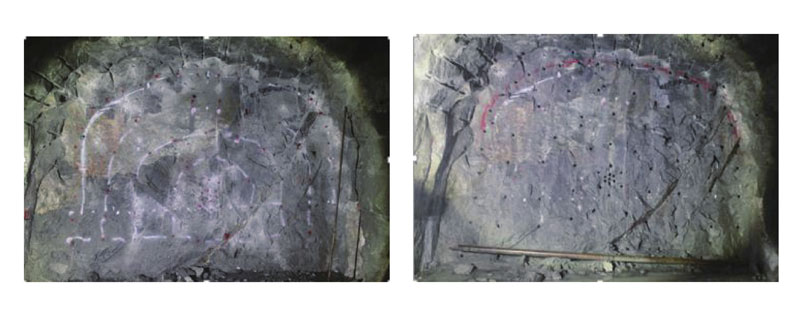
Advantages:
- Good maneuverability and flexibility, wide range of use;
- For mines with complex burial conditions and high quality requirements for the mined ore, split blasting and split mining can be implemented to reduce the dilution rate;
- Rock drilling tools are relatively simple and easy to master;
- Little work preparation;
- The blasted ore is small in size and can easily meet the requirements for transportation and crushing;
- Compared with chamber blasting and deep hole blasting, the consumption of explosives used is small.
Disadvantages:
- This blasting method can not adapt to the needs of large-scale production, and it is easy to have loopholes in the links of charging, connecting and detonating, resulting in explosion accidents.
Application:
Shallow hole blasting is mainly used for small-scale open-pit mines or quarries, adit stone, tunnel excavation, secondary blasting, new open-pit mine processing and other special blasting.
Deep hole blasting
Deep hole blasting is the blasting method that uses drilling equipment to drill deeper holes as the charge space of mining explosives. The deep hole blasting in open pit mine is mainly bench blasting. Deep hole blasting is a kind of blasting method which is widely used in open pit mine. The depth of the blast hole is usually 15 to 20m. The aperture is generally 75 to 310mm, while the commonly used aperture is 200 to 250mm.

Features:
- The amount of rock ore blasted at one time is large, generally 200,000 to 1 million tons;
- Advanced blasting technology can be used for deep hole blasting. Such as differential blasting, extrusion blasting, and throw blasting and directional blasting that can be used in blasting areas with special requirements;
- Blasting operations are safer and management is simpler. There are no special requirements for explosives except for deep holes with water. The detonation method is also more flexible.
Application:
Deep hole blasting is widely used in trenching, stripping, mining and other production processes of large mines. Its blasting volume accounts for more than 90% of the total blasting volume in large mines.
Classification:
Deep holes are divided into vertical deep holes and inclined deep holes. Vertical deep holes are mostly drilled by impact punches. Inclined deep holes are mostly drilled by rotary drilling rigs or down-the-hole drills. Its inclination is generally 75° to 80°.
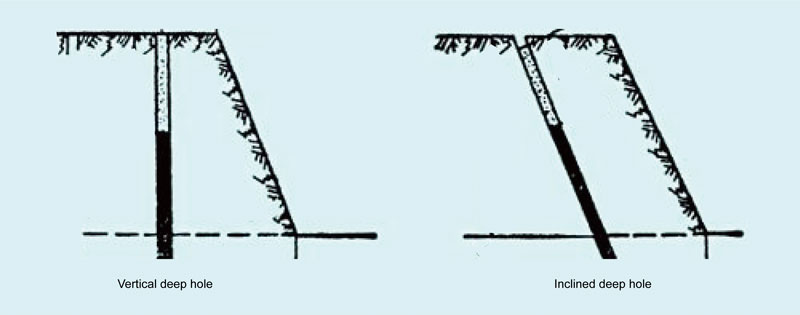
Vertical drilling
Advantages:
- Suitable for drilling and blasting in various geological conditions;
- The operating technology of vertical drilling is simpler than inclined drilling;
- Drilling speed is faster.
Disadvantages:
- After blasting, the ratio of large rocks is relatively high, and the foundation is often left;
- Cracks often occur at the top of steps, and the stability of the step surface is relatively poor.
Inclined drilling
Advantages:
- The lines of resistance are relatively small and uniform. It is not easy to produce large rocks and residual roots after blasting;
- It is easy to control the height and width of the explosion pile, which is helpful to improve the mining efficiency;
- It is easy to keep the bench slope angle and slope smooth, reducing overhangs and cracks;
- The distance between the drilling equipment and the top line of the step slope is relatively large, making personnel and equipment safer.
Disadvantages:
- The technical operation of drilling inclined deep holes is relatively complex;
- Drilling length is longer than vertical drilling length;
- Plugging is easy to occur during the charging process.
Chamber blasting
Chamber blasting is to place explosives in a pre-drilled chamber and charge them centrally. There are no rules for the amount of explosives detonated each time, and some use dozens, hundreds, or thousands of tons. Because the blast volume is large at one time, it is also called big blasting.
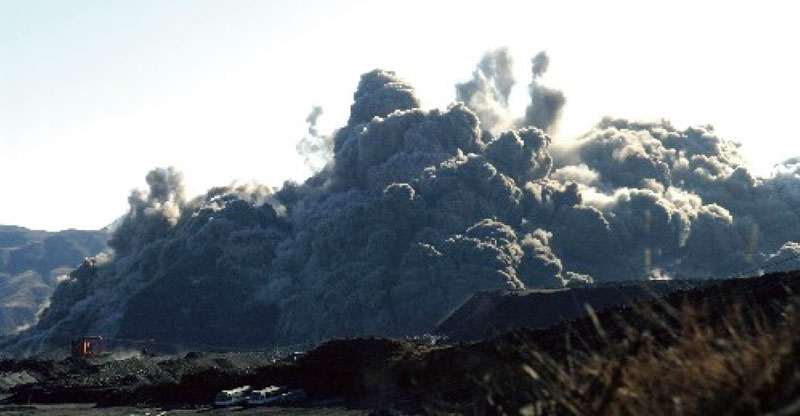
Application:
Open pit mines are only used during the capital construction period and under certain conditions. Quarries are used when conditions are available and when mining demand is high.
Advantages:
- The amount of preparation work is less and a large amount of rock blasting can be completed in a short time;
- This method is suitable for rocks of various hardnesses, especially in locations with complex terrain, and is not limited by construction conditions;
- No special rock drilling equipment is required. A rock drill is generally used to excavate the chamber;
- There are no special requirements for the explosives used. All explosives used in deep hole blasting can be used in chamber blasting.
Disadvantages:
- The excavation operators have poor drilling conditions and there are many large rocks after blasting.
Multi-row hole differential blasting
In recent years, as the capacity of excavator buckets and the production capacity of open-pit mines have increased dramatically, the amount of blasting required for open-pit mines is also increasing. Therefore, a blasting method with a larger blasting volume must be adopted to meet the needs of new excavation machinery.
At present, the blasting method with a large blast volume at one time is the multi-row hole differential blasting and multi-row hole differential extrusion blasting methods. These two methods can blast 5 to 10 rows of blast holes at one time, and the amount of blasted ore rock can reach 300,000 to 500,000 tons.
Differential blasting refers to the blasting method in which adjacent shot holes are detonated successively in a pre-designed sequence within a very short time (calculated in ms).
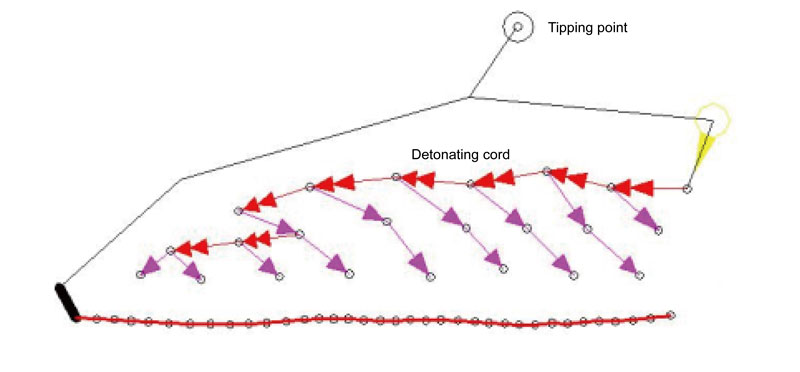
Advantages:
- The large blasting volume at one time reduces the number of blastings and the time to avoid blasts, and improves the utilization rate of quarry equipment;
- Improve the crushing quality of ore rock, and its large block rate is 40% to 50% less than that of single row hole blasting;
- The efficiency of drilling equipment is increased by about 10% to 15%. This is due to the increase in working time utilization coefficient and the reduction in the number of drilling equipment and post-blasting filling area operations;
- The efficiency of mining, loading and transportation equipment is increased by about 10% to 15%.
Multi-row hole differential extrusion blasting
Multi-row hole differential extrusion blasting refers to multi-row hole differential blasting when blast pile remains on the working surface. The existence of slag piles creates conditions for extrusion.
On the one hand, it can extend the effective action time of blasting and improve the utilization and crushing effect of explosive energy. On the other hand, it can control the width of the blast pile to avoid the scattering of ore rocks.
The differential interval time of multi-row hole differential extrusion blasting is preferably 30% to 50% larger than that of ordinary differential blasting. The commonly used range in open pit mines in my country is 50 to 100ms.
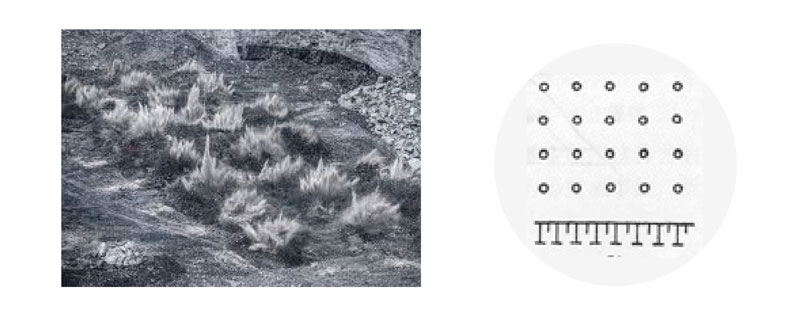
Advantages:
- The crushing effect of ore rock is better. This is mainly due to the block of slag pile in front. Each row of drilling holes, including the first row, can increase the charge amount and be fully broken under the extrusion of the slag pile;
- The muck pile is more concentrated. For mines that use railway transportation, it is not necessary to dismantle the road before blasting, thereby improving the efficiency of mining, loading and transportation equipment.
Disadvantages:
- High consumption of explosives;
- Wider working platforms are required to accommodate slag piles;
- The height of muck pile is large, which may affect the safety of excavator operations.
Springing blasting
The springing blasting is to use a small amount of explosives at the bottom of the drilled blast hole to expand the bottom into a cavity, and then load the explosives into a concentrated explosive bag for blasting to improve the blasting effect and blasting efficiency.
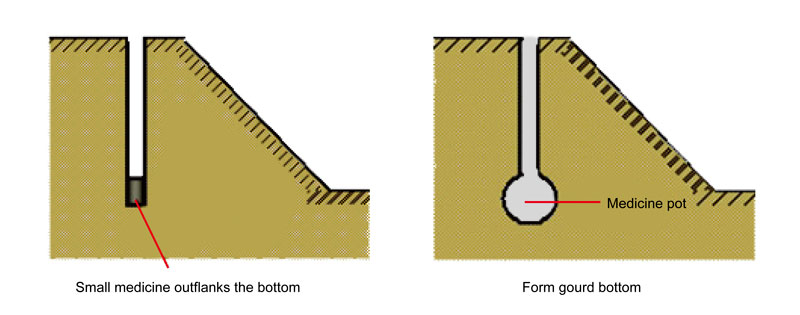
Application:
Springing blasting is only suitable for blasting construction under conditions where there are few rock drilling machines, conventional drilling and blasting cannot meet production requirements, and the rock is not very hard.
Advantages:
- The drilling workload is small, the charge amount is large, and the blasting volume is large at one time;
- High blasting efficiency and low blasting cost.
Disadvantages:
- There are many times and long time for the expansion blasting;
- The blasting effect is concentrated, which is highly destructive to the slope floor and causes large blasting vibrations;
- Flying rocks during blasting are difficult to control;
- Muck piles have uneven and large lumps, which often require secondary disintegration and crushing.
No matter what blasting method is used, blasting safety regulations must be strictly followed during blasting operations, safety warning signs must be set, and vigilance work must be done to ensure the safety of personnel and property.

